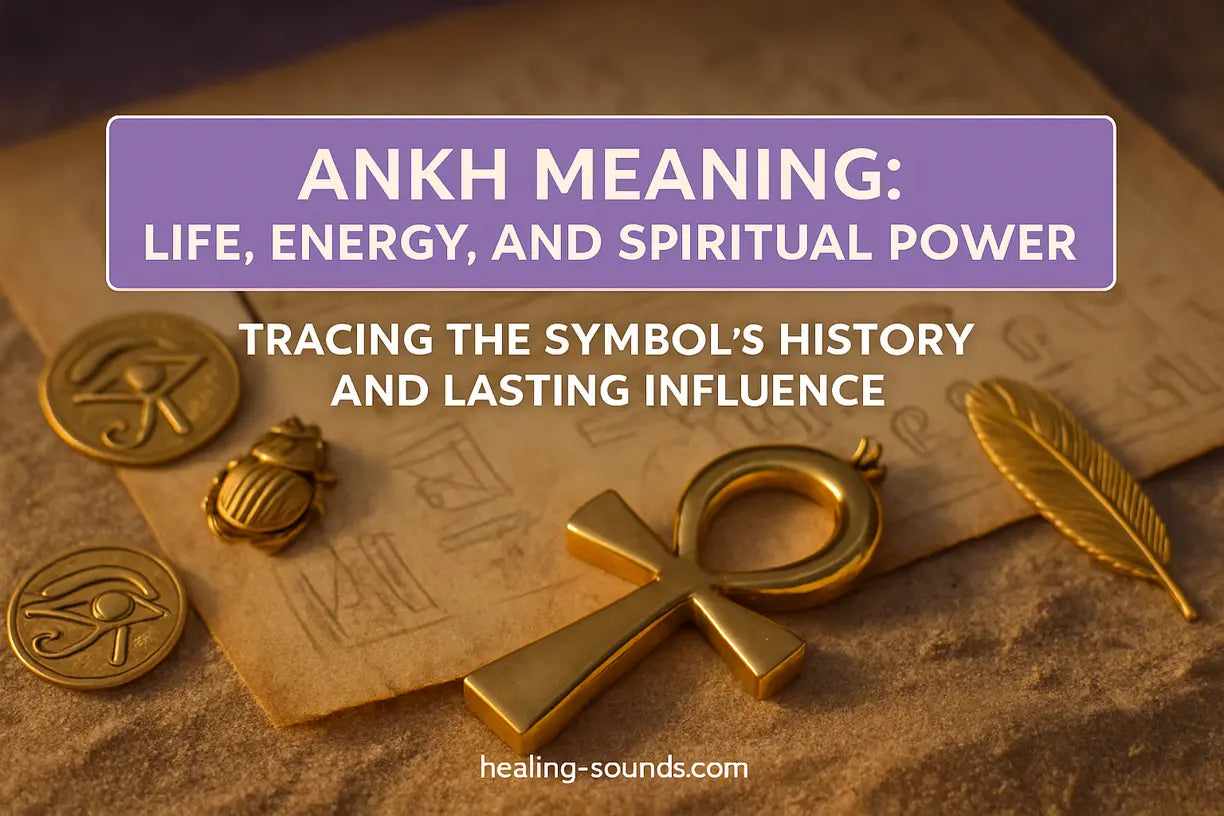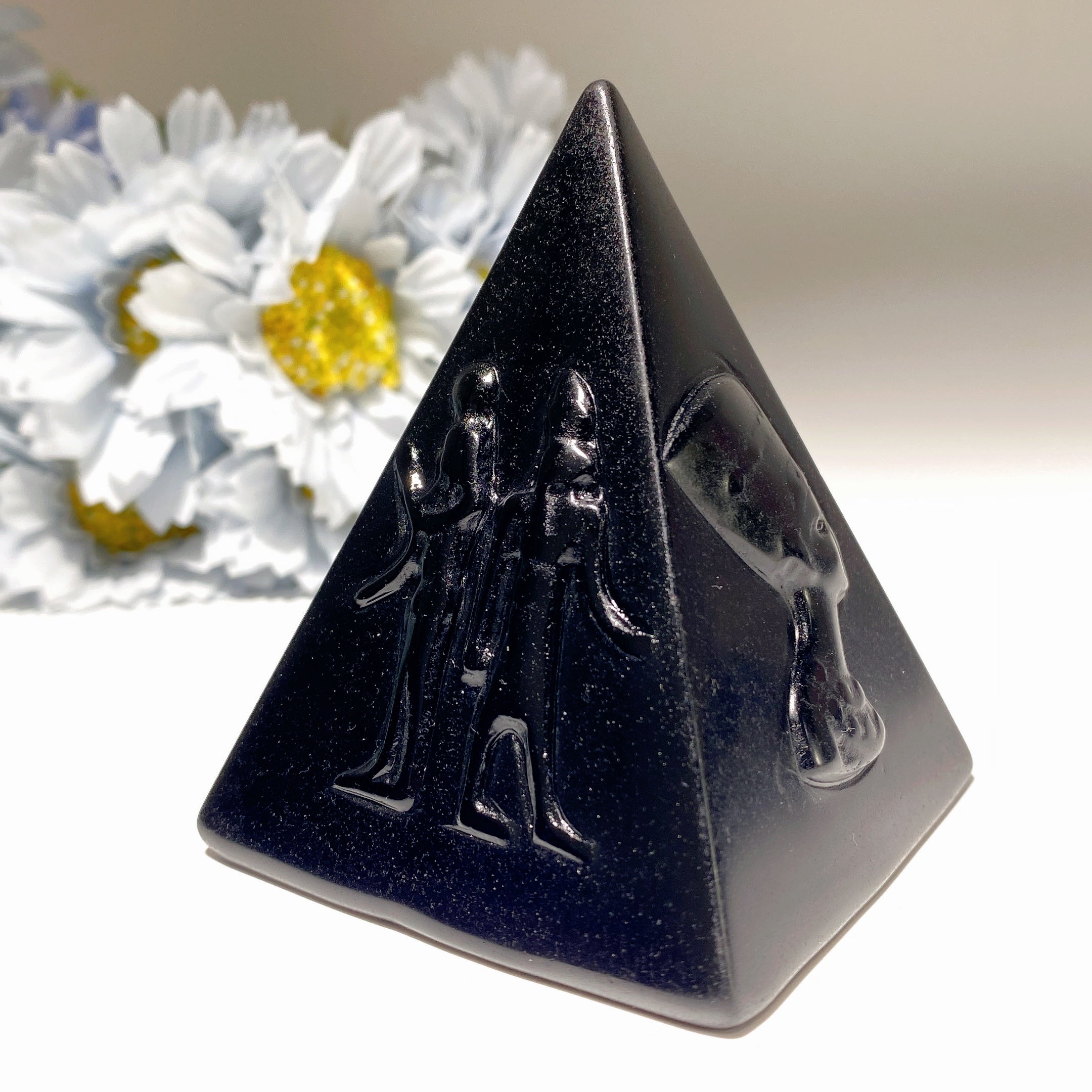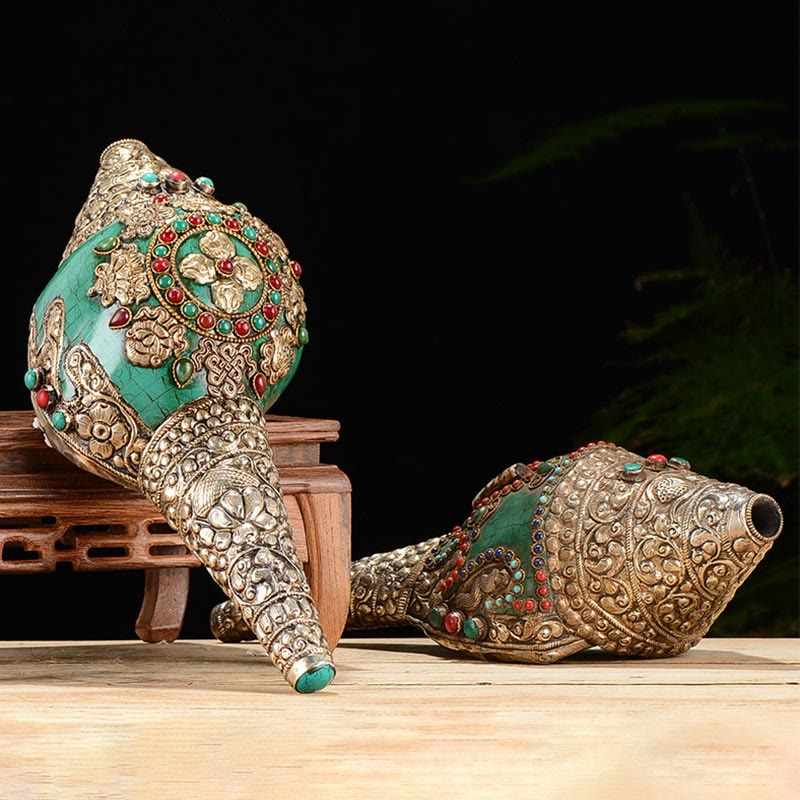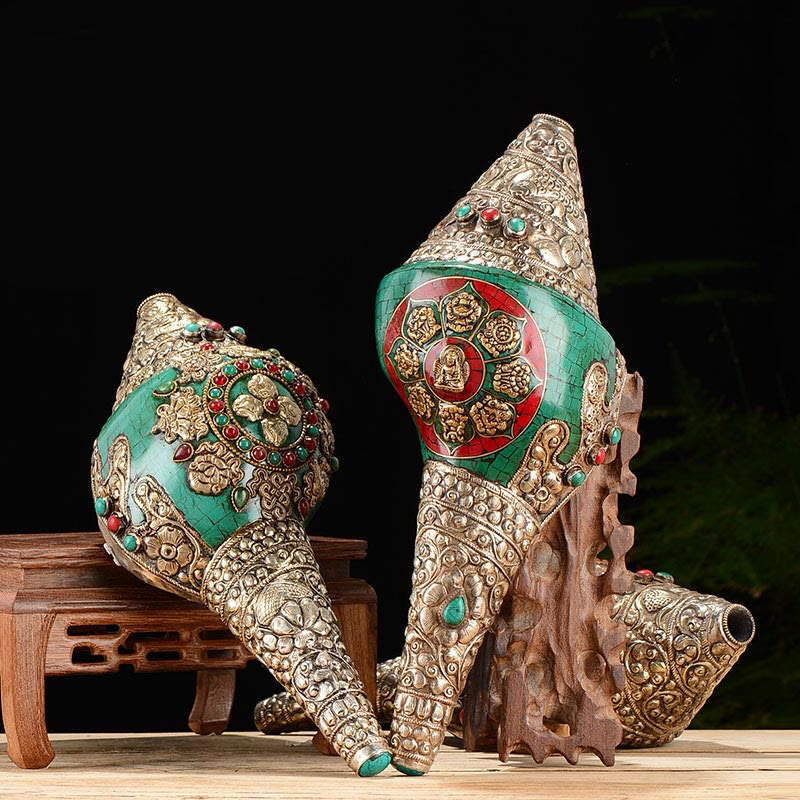What is the Ankh Symbol?
The ankh, also known as the "key of life" or *crux ansata* (Latin for "cross with a handle"), is an ancient Egyptian hieroglyphic character. Visually, it combines a T-shaped cross with a teardrop-shaped loop at the top. The symbol itself was the Egyptian hieroglyph for "life" or "breath of life" (*ʿnḫ*). Its exact origins are debated by scholars, with theories suggesting it could represent a ceremonial girdle, a sandal strap, or even a stylized representation of human anatomy.Regardless of its precise origin, the ankh's presence is undeniable throughout Egyptian art and artifacts. It was often depicted being held by gods and goddesses, typically by its loop, or presented to pharaohs, signifying the divine bestowment of eternal life and divine power.
The Ancient Egyptian Origins of the Ankh
The ankh was a cornerstone of religious and spiritual belief in ancient Egypt. It wasn't just a symbol; it was a concept fundamental to their understanding of existence. Deities like Isis, Osiris, and Anubis are frequently shown holding the ankh, underscoring their power over life, death, and rebirth. For Egyptians, the afterlife was not an end but a continuation, and the ankh was the very key that unlocked the door to this eternal existence.In temple carvings and tomb paintings, the ankh is often seen at the tips of the sun's rays from the sun god Aten, extending the "breath of life" to the royal family. This imagery powerfully reinforces the ankh symbol meaning as a conduit for divine, life-giving energy from the cosmos to humanity.Unpacking the Deep Ankh Symbolism
The meaning of the ankh is multifaceted, with layers of interpretation that speak to fundamental aspects of the human experience. While "life" is its primary translation, this concept branches out into several interconnected themes.The Symbol of Eternal Life
The most prominent meaning of the ankh is its representation of eternal life and immortality. The loop symbolizes the eternal soul, which has no beginning and no end, while the cross below represents the physical world and mortal existence. Together, they signify the transition from earthly life to the spiritual afterlife, a central tenet of Egyptian belief. It was a promise that death was merely a portal to an enduring, eternal journey. According to the Brooklyn Museum, amulets like the ankh were essential for ensuring protection and continuity in the next world.The Union of Masculine and Feminine
Many scholars interpret the ankh as a powerful symbol of creation and fertility. The T-bar shape is seen as a representation of the masculine principle, while the oval loop symbolizes the feminine principle (often associated with the womb). Their integration into a single emblem signifies the union of opposites—male and female, earth and sky—and the creative life force that emerges from this perfect balance and harmony.A Conduit for Spiritual Power and Protection
The ankh was also a powerful amulet for protection and a symbol of divine authority. It was believed to ward off negative forces and decay, which is why it was often placed on mummies and within tombs. As the "key of life," it was also seen as the key to unlocking hidden knowledge and spiritual wisdom, granting the bearer insight into the mysteries of the universe.The Ankh in Different Cultures and Beliefs
While its roots are firmly in ancient Egypt, the ankh's profound symbolism allowed it to transcend its original culture and find a place in other belief systems.The Ankh and Coptic Christians
As Christianity spread through Egypt, the early Coptic Christians adopted the ankh as their own version of the cross. Known as the *crux ansata*, it blended the familiar form of the Christian cross with the pre-existing Egyptian symbol for life. This adaptation likely helped bridge the gap between old and new beliefs, associating the promise of eternal life through Jesus with the ancient understanding of immortality embodied by the ankh.The Ankh in Modern Spirituality
Today, the ankh symbolism continues to resonate deeply with people across various spiritual paths. It is frequently used in Neopaganism, Kemetism (the revival of Egyptian religious practices), and New Age beliefs as a symbol of life, spiritual health, and universal balance. Many are drawn to its representation of the integration of masculine and feminine energies and its connection to a timeless, ancient wisdom.
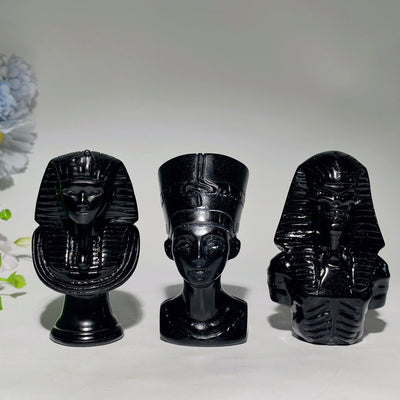
Polished Black Obsidian Egyptian Carvings Figurines 3-4.7 inch
$29.90 $39.90
Connect with ancient Egyptian energy—these obsidian figurines echo the timeless ankh meaning for your sacred space.
Explore ProductBringing the Ankh's Energy into Your Life
The enduring appeal of the ankh lies in its ability to connect us to profound spiritual truths. As noted by the World History Encyclopedia, its symbolism is as relevant today as it was thousands of years ago. Incorporating this sacred symbol into your life can be a powerful way to align with its energy of life, balance, and protection.- Personal Adornment: Wearing ankh jewelry keeps its protective and life-affirming energy close to your body.
- Meditation Focus: Using an ankh symbol as a focal point during meditation can help you connect with concepts of eternity and inner balance.
- Home Decor: Placing ankh statues or art in your home can create a sacred space infused with positive, life-giving vibrations.
Wearing Ankh Jewelry
An ankh necklace or pendant is one of the most popular ways to connect with its meaning. Worn over the heart, it serves as a daily reminder of the eternal nature of your spirit and the importance of balance. It can act as a personal talisman, offering a sense of spiritual protection and inner strength as you navigate your daily life.Ankhs in Home Decor
Integrating the ankh symbol into your living space is a beautiful way to honor its history and infuse your home with its symbolic energy. A decorative figurine, wall hanging, or even a pyramid carved with Egyptian symbols can serve as a powerful focal point for a meditation altar or a quiet corner of a room, transforming it into a sanctuary of peace and vitality.
Enhance Your Sacred Space with Symbolic Decor
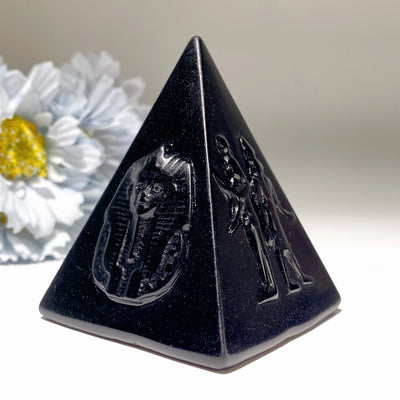
3 Inch Black Obsidian Pyramid with Egyptian Carvings
$29.90
$39.90
Amplify ankh symbolism in your decor with a black obsidian pyramid carved with sacred Egyptian hieroglyphics. Learn more ➔
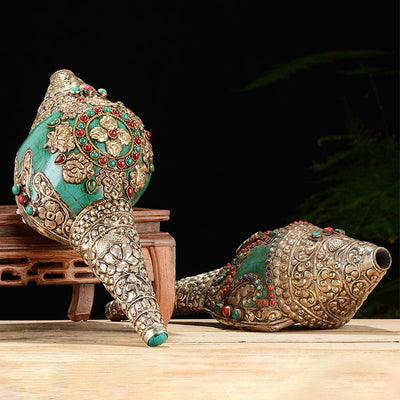
Tibetan Handmade Double Dorje Shankha Conch Decor 31x12cm
$1,309.99
$1,599.99
Embody ancient life-force symbolism next to your ankh with this authentic spiritually charged conch decor from Tibet. Learn more ➔
An Enduring Key to Life's Mysteries
The ankh meaning is a profound testament to the human search for significance beyond the mundane. From its origins as the Egyptian hieroglyph for "life" to its modern adoption as a universal symbol of spirituality and balance, the ankh remains a powerful key. It unlocks conversations about immortality, the harmony of opposites, and our connection to divine energy. Whether you are drawn to its ancient history or its modern spiritual applications, the ankh invites you to reflect on the eternal nature of your own life force and the beautiful balance that sustains the universe.
Frequently Asked Questions about Ankh Meaning & Symbolism
The ankh primarily symbolizes life and eternal existence. It also represents the union of masculine and feminine energies, creation, fertility, and spiritual power. In ancient Egypt, it was known as the "key of life," believed to unlock the gates of the afterlife and bestow immortality.
Yes, many people find it beneficial to wear an ankh. It is often worn as a talisman for protection, health, and good fortune. Wearing an ankh can serve as a personal reminder of your own life force, the importance of spiritual balance, and your connection to ancient wisdom.
The ankh is widely considered a symbol of good luck and fortune. Its core meaning revolves around life, vitality, and divine protection. Carrying or wearing an ankh is believed to attract positive energy, ward off harm, and align you with the life-affirming forces of the universe.
In early Christianity, particularly among the Coptic Christians of Egypt, the ankh was adapted into the crux ansata, or "handled cross." It blended the ancient Egyptian symbol of eternal life with the Christian cross, symbolizing the promise of eternal life through Christ. This helped transition believers from ancient traditions to the new faith.
Wearing an ankh signifies a personal connection to its deep symbolism. It can mean that the wearer honors life, respects the balance of masculine and feminine energies, and seeks spiritual protection. It is a statement of affinity with ancient wisdom and an acknowledgment of the eternal nature of the soul.

